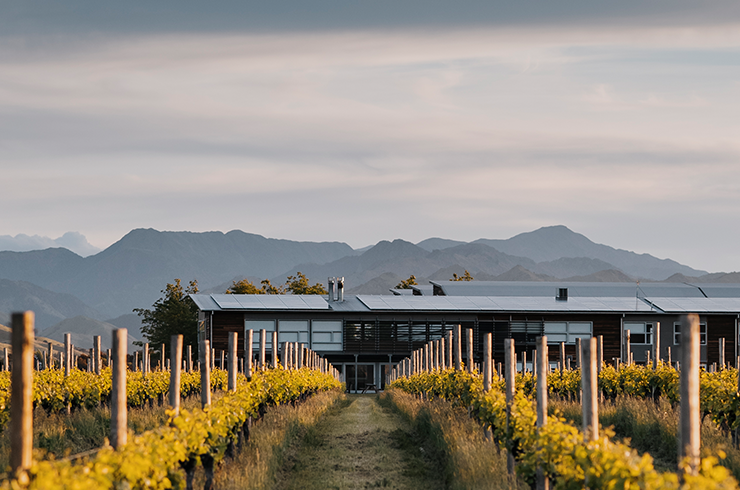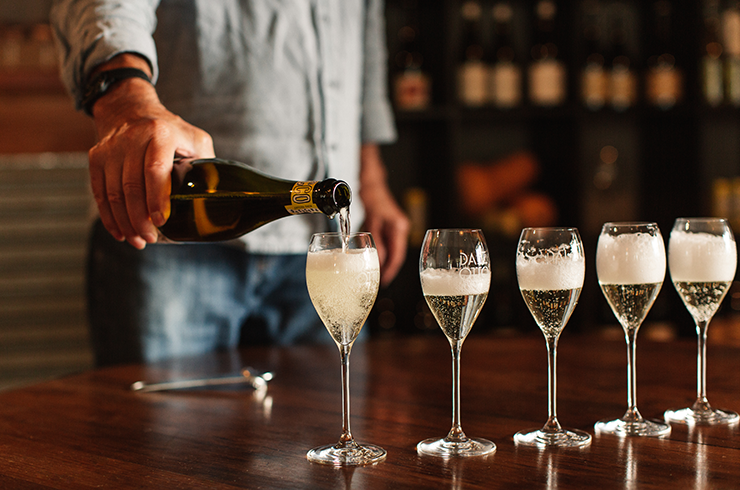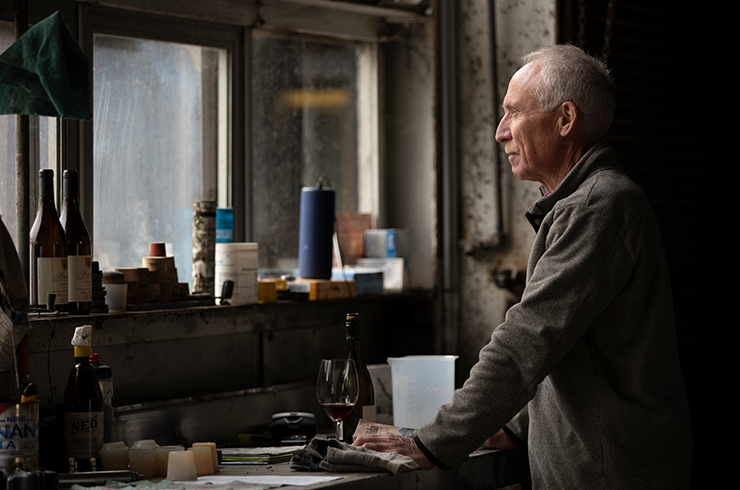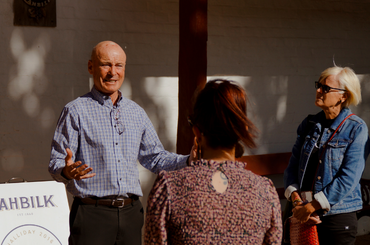Australian cabernet sauvignon
Jeni Port speaks to some of the country's best cabernet producers about the future of Australian cabernet sauvignon.
The year was 1998 and vintage in Coonawarra was just starting for young graduate winemaker, Sue Bell. It was the year she fell hard for the classic, aristocratic French features, and yet, everyman appeal of the cabernet sauvignon grape. The experience inspired her to make cabernet a big part of her winemaking life. “The cabernet came in with textbook numbers, amazing colour, fragrance and acids,” she remembers.
“So, I was intrigued by this grape that you didn’t need to add much to, that has such distinctive aromas and textures of tannins.” Today, as she completes the 2024 vintage at her Coonawarra winery, Bellwether, Sue remains enthralled by the beauty of cabernet. “The Holy Grail is fragrance and lift, purity with mouth filling but very polished, supple, refined tannins. It should be perfumed but also a little savoury,” she says.
Sometimes in the rush to move forward in wine, we forget what drew us there in the first place. Cabernet sauvignon is at one of those fork-in-the-road moments, a time when its place is being questioned, its style re-imagined in order to counter a changing climate or increase its appeal at the cash register, or simply keep up against some increasingly stiff competition (grenache, in this instance). And, maybe, just maybe, because it’s time for a re-evaluation, a bit of a pick-me-up.
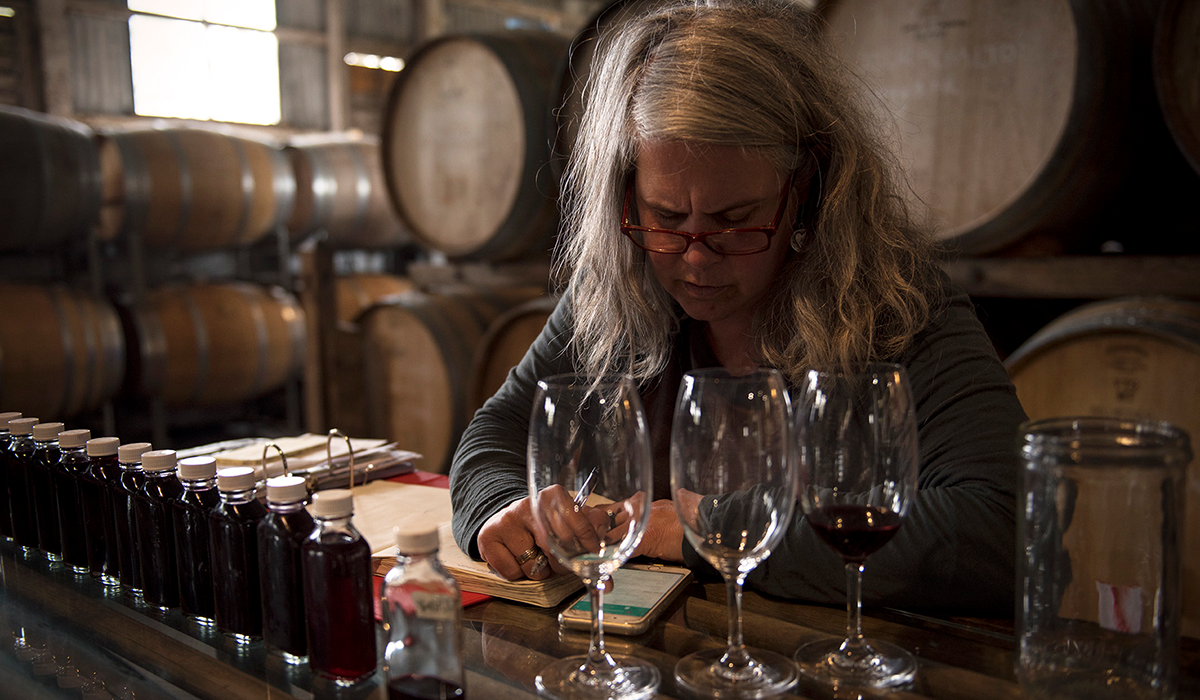
Sue remembers clearly that first emotional tug and enduring connection to cabernet. It is going to need all the love and support it can get from winemakers like her as it negotiates a challenging future. Figuratively and literally, cabernet has been left out in the cold in recent years.
Cabernet sauvignon around Australia
In Beechworth, it has lost ground to pinot noir and shiraz. Leading producer Giaconda produced its last estate-grown cabernet with the 2012 vintage, the result of a replanting program which saw old-vine cabernet grafted to shiraz. Ironically, the maker acknowledged the ’12 as its “best ever cabernet.”
Ken Helm at Helm Wines in Canberra admits the grape has had a hard time due to the “myth perpetuated by some viticulturists and wine writers” that the region is too cool to ripen cabernet, producing green capsicum characters. “Rubbish,” he says. “Those green characters are caused by poor viticulture practices.”
The identification of phylloxera in the Yarra Valley in 2007 was an opportunity for some producers to have a re-think about what grapes to grow. “Cabernet is particularly sensitive in the Yarra Valley to its site selection, says Darren Rathbone, CEO and winemaker at Yering Station. “So, many of the cabernet vineyards that were on sites that turned out to be a little too cool were some of the first to be removed.” He hastens to add, “the cabernet we have left is excellent.”
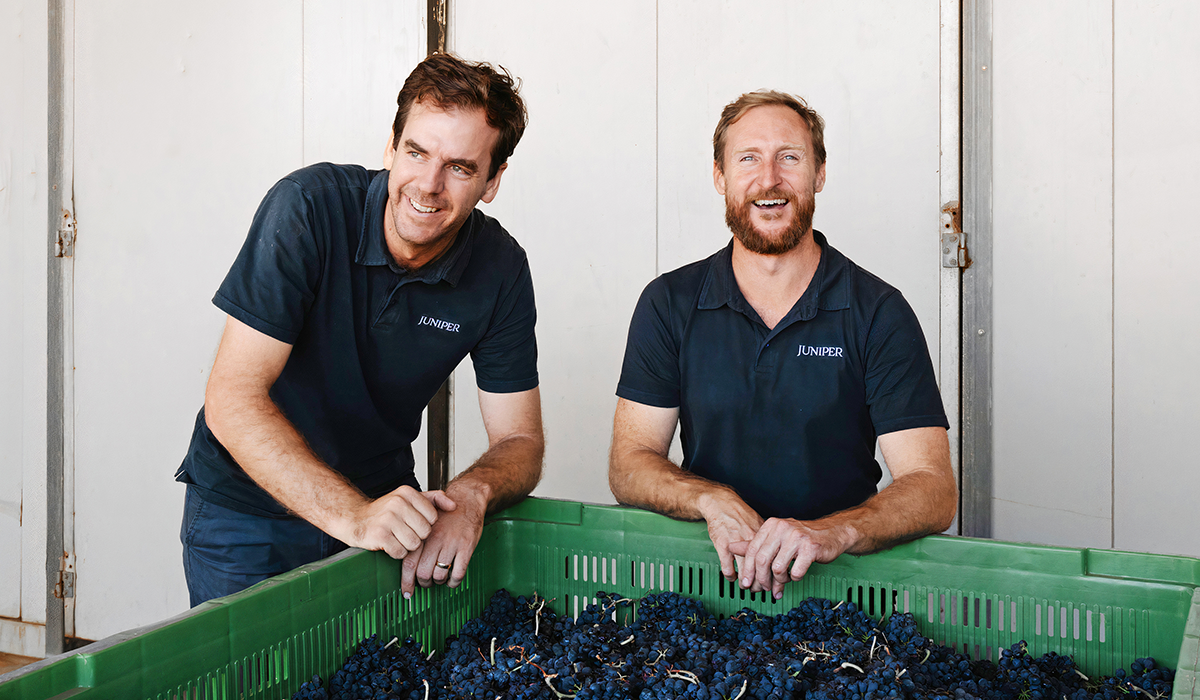
The future of Australian cabernet sauvignon
Okay, so Australian cabernet is not “sexy.” And that’s straight out of the mouth of winemaker Tom Hill, CEO of Juniper in Margaret River, who adds the important caveat, “now”. Tom believes change and evolution is important for the grape, as is continuing to highlight its great attributes and regional specificity. When times are tough, you work harder. That’s what cabernet makers – those who believe in the grape – are doing.
It’s so much a radical re-thinking – although rising, next-gen winemaker Josh Cooper’s interpretation of Pyrenees cabernet will have regional pioneers like Dominique Portet all smiles – as a gathering round the inherent strengths and character of the grape.
From that point of view, the future looks pretty bright. Strident green herbals and thin wines that elevate the grape’s methoxypyrazine characters – capsicum, asparagus and green bean – are no longer welcome. So, too, the other side of the cab coin: fat, over-ripe, alcoholic dry reds with oak and extract used as a tool of blunt force. That’s not cabernet’s forte.
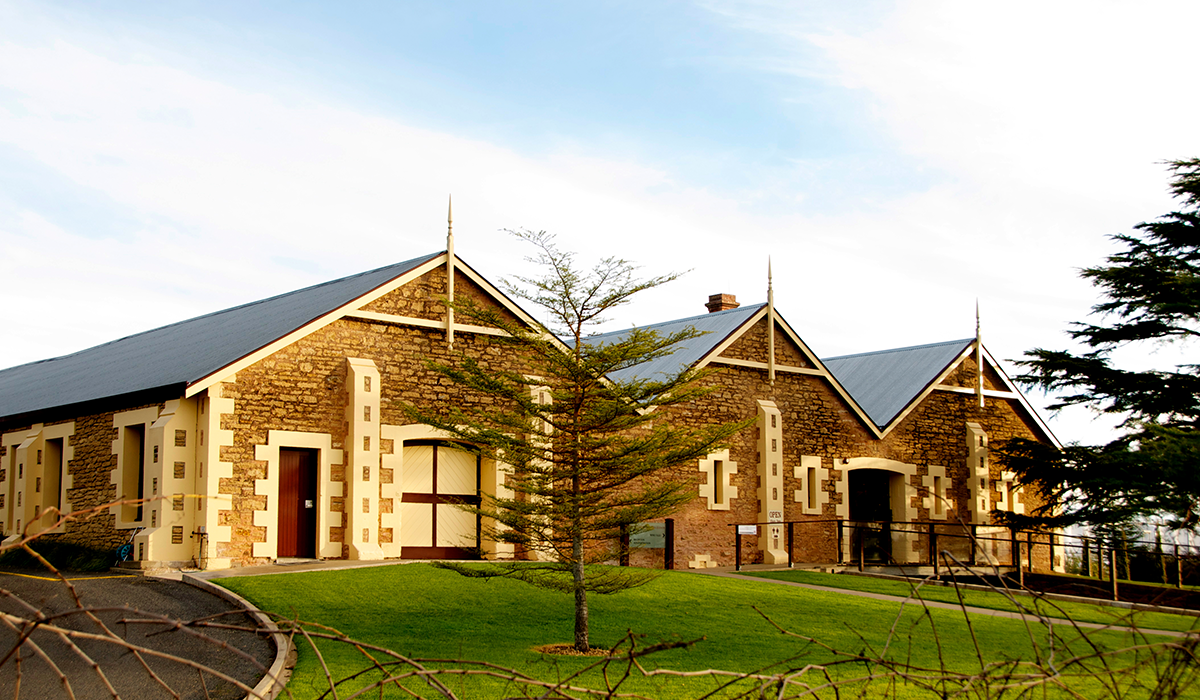
Talk to award-winning cabernet winemaker Julian Langworthy at Deep Woods in Margaret River and he raises some pretty ethereal cabernet concepts. “Undoubtedly there has been a move to enhanced fruit purity and wines with less artifact and more soul, hopefully a sense of place,” he says. That’s a lovely encapsulation. For Julian, it’s about elegance, letting the fruit speak, relegating oak into a supporting role and working on the viticulture and the health of the soil, or what he calls “live” soils.
Across the country, serious makers of cabernet are taking a closer look at the grape’s tannin profile. Tannin structure can make or break a cabernet. Hard, green, aggressive tannins jar and interrupt the flow of the wine. Mature, ripe tannins, well, they bring a sense of harmony right from the start. This is important when so much Australian cabernet is drunk young.
It’s been on the minds of Wynns Coonawarra Estate winemakers Sue Hodder and Sarah Pidgeon for some time. “There’s a lot of Wynns' bottles that are drunk young,” explains Sarah, “and that’s part of the reason why Sue and I have had this absolute mission to make sure that the tannins are properly grown, they’re ripe, they’re supple and enjoyable. “If you get that right, they’re still enjoyable whether you choose to drink them young or old. It’s cabernet, it should have tannin, but it should be enjoyable tannin.”

Climate and cabernet sauvignon
A changing, potentially warmer climate is something that might – or might not – work in cabernet’s favour. After experiencing four of the five coolest vintages ever in Margaret River in the past eight years, the region has just undergone the hottest and driest vintage on record. “Our extreme maritime nature seems even in vintage ’24 to have pulled through some amazingly fine and detailed cabernets,” says Julian. He’s hoping a warmer future might benefit the grape as it needs less water to do its work than some other grapes.
Ken Helm believes a warmer future could be a problem for the grape grown in subregions such as Murrumbateman, making areas like the high altitude, 800-plus metre Bungendore escarpment a better bet. Bleasdale Vineyards, the Halliday 2024 Wine Companion Winery of the Year – not to mention ’24 Best Cabernet Sauvignon winner for its Iron Duke 2021 cabernet – is confident that the region’s cool, dry growing conditions and summer evening breezes during vintage will continue to stand it in good stead.
Tasmania remains the great unknown. Will it or will it not be a region where cabernet will find a future home? The winemaker behind the cabernets of Moorilla Estate and Domaine A remains unsure. “My bet,” says Conor van der Reest, “is that Tasmania will always have some (cabernet), that it will be great but that it will only be a component of what will continue to be a more pinot noir, chardonnay dominant growing region. It will continue to be a niche variety.”
Texture, complexity, aromatics, depth, power and structure and, yes, a hint of savouriness, will continue to be sought out by both those who love to make cabernet and those who love to drink it. For the moment, that will do nicely.
The 2023 Halliday Australian Wine Vintage Chart is now available
The Halliday Vintage Chart has ratings for every Australian vintage from 1987 to 2023. You can use the Vintage Chart to find the ratings for each wine region in Australia. Each number represents a mark out of 10 for the quality of vintages in each wine region.
The Vintage Chart ratings are volunteered by winemakers in each region. Every variety and vineyard is unique, so the numbers should be regarded as indicative rather than prescriptive, and bear relative reference only to that region (and not to cross-regional comparisons).

